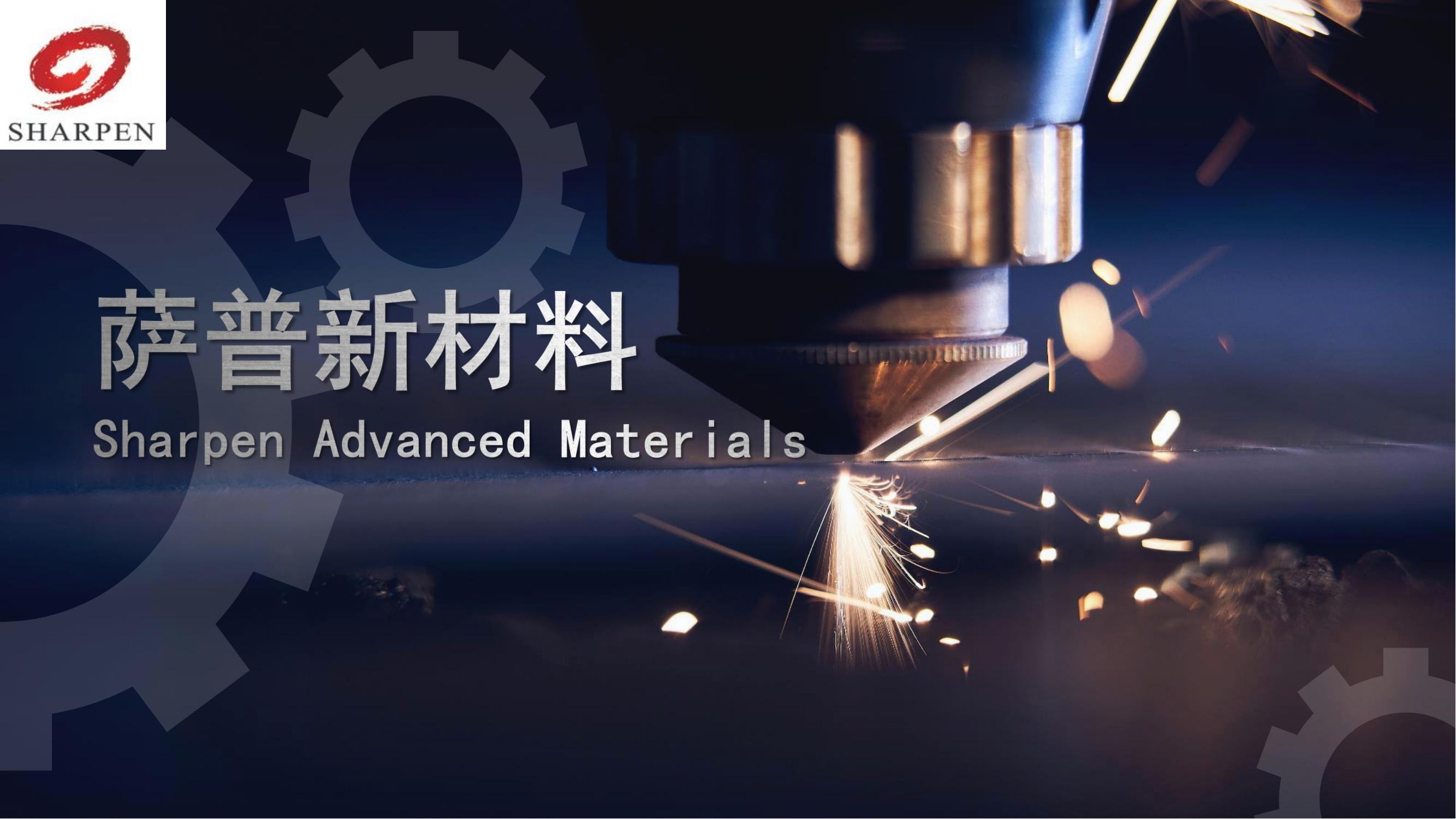In the cutting process,when the tool wear reaches a certain limit,the blade breaks or breaks,and the blade rolls(plastic deformation),the tool loses its cutting ability or cannot guarantee the processing quality,which is called tool failure.
The main forms,causes and countermeasures of tool breakage are as follows:
1.Rear cutter face is worn
Friction and wear on the rear face caused by mechanical stress.
Because the tool material is too soft,the back angle of the tool is too small,the cutting speed is too high and the feed rate is too small during the processing,resulting in excessive wear of the back tool surface,which reduces the dimensional accuracy of the processing surface and increases the friction.The tool material with high wear resistance should be selected,and the cutting speed should be reduced,the feed rate increased,and the tool back angle increased.This can avoid or reduce the occurrence of wear on the rear tool face.
2.Boundary wear
Boundary wear on the main cutting edge is common at the contact surface with the workpiece.The main reason is that the surface of the workpiece is hardened and the friction caused by serrated chips affects the flow direction of the chips and causes tool breakage.
Only reduce the cutting speed and feed speed,at the same time select wear-resistant tool material and increase the front angle to make the cutting edge sharp.
3.Front blade surface is worn(crescent depression is worn)
Wear caused by friction and diffusion on the rake face.The wear of the rake face is mainly caused by the contact between the chip and the workpiece material and the diffusion to the heating area.In addition,the tool material is too soft,the cutting speed is too high and the feed rate is too large during the processing,which is also the reason for the wear of the rake face.
The wear of the rake face will deform the tool,interfere with chip removal and reduce the strength of the cutting edge.The cutting speed and feed speed are mainly reduced,and the coated cemented carbide material is selected to reduce the wear of the rake face.
4.Plastic deformation
Deformation of cutting edge under high temperature or high stress.
The main reasons for plastic deformation are that the cutting speed and feed speed are too high,the role of hard points in the workpiece material,the tool material is too soft and the cutting edge temperature is very high.It will affect the quality of chip formation,and sometimes it can lead to tool breakage.The cutting speed and feed speed can be reduced,and the tool materials with high wear resistance and thermal conductivity can be selected to reduce the plastic deformation wear.
5.Chips
Adhesion of the workpiece material to the tool.Chip buildup will reduce the quality of the machined surface and change the shape of the cutting edge,eventually leading to edge collapse.
The countermeasures are to increase the cutting speed,select coated cemented carbide or cermet and other tool materials with small affinity to the workpiece materials,and use coolant.
6.Cutting edge peeling
There are some small notches on the cutting edge,rather than uniform wear.It is mainly caused by intermittent cutting and unsmooth chip removal.
It is necessary to reduce the feed speed at the beginning of machining,and select the tool material with good toughness and the blade with high cutting edge strength to avoid the edge peeling.
7.Broken knife
Tool breakage will damage the tool and workpiece.The main reason is the excessive wear and high stress of the cutting edge,and it may also be caused by the hard tool material,insufficient cutting edge strength and too large feed rate.
Alloy materials with good toughness shall be selected.During processing,the feed rate and cutting depth shall be reduced.In addition,the blade with high strength or large tip fillet shall be selected.
8.Hot cracks
Cracks perpendicular to the cutting edge due to temperature changes during intermittent cutting.
Hot cracks can reduce the surface quality of the workpiece and cause the edge to peel off.Alloy materials with good toughness should be selected.At the same time,the feed rate and cutting depth should be reduced,and dry cooling or sufficient coolant should be available during wet cutting.

 Language
Language 


